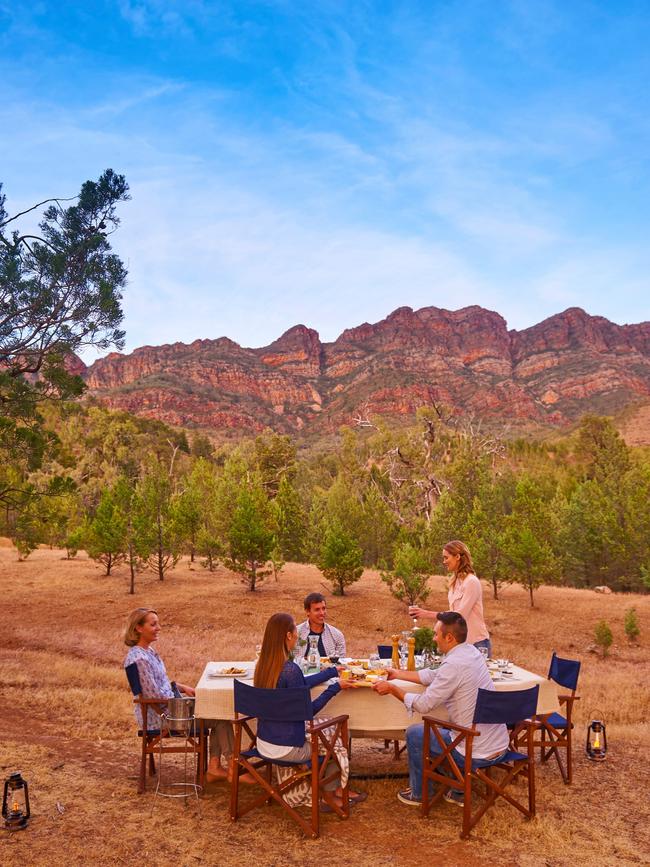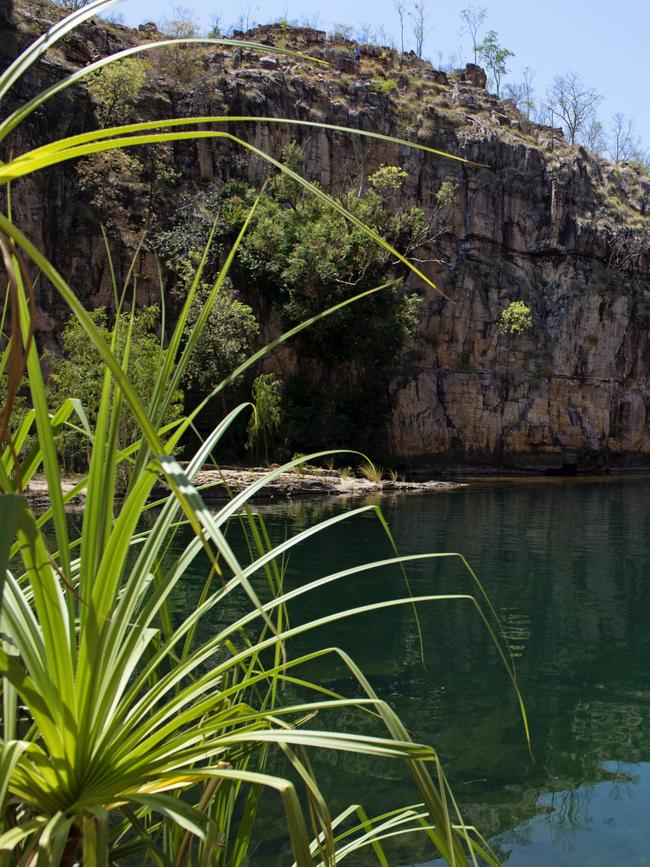Expert advice on how to get tourists to your town, business
Regional Victorian towns have been hit hard by Covid-19 but there’s a way forward. We speak to marketing experts about how to get tourists back to your region.

Leader
Don't miss out on the headlines from Leader . Followed categories will be added to My News.
The year of 2020 was the worst on record for the tourism industry and destinations around the globe are now struggling to get back on their feet.
The World Tourism Organisation revealed in 2020 arrivals were down by one billion travellers and the industry suffered a 74 per cent decline.
But there’s hope of a new way forward.
We thought we’d offer some help to local towns looking to get the most out of their marketing buck.
We spoke with five different marketing experts around the country who gave us their top tips to make tourists flock back to your town.
Here’s what they said.
What makes your destination standout?
Founder of Assembly + Co, Kristi Dempster, said it’s important to define what makes your destination different from the rest.
“There are a range of ways a destination can stand out like unique experiences or natural assets such as beaches, mountains or caves,” she said.
“Perhaps it’s the history, entertainment and dining on offer or the culture of the place that would make people want to come. Native content is a big opportunity that is consistently overlooked as part of the media mix.”
By defining your destination’s draw card, you will refine your target audience and in turn, your marketing approach, she said.
“Don’t try to be all things to all people, if you try to market to everyone, you will market to no one,” Ms Dempster said.
“Focus on who is likely to want to visit the destination and for what reason then break this down into several different audience groups, who each may have different reasons for wanting to travel to your location.
For example: “If your audience is an older group, like retirees, you might consider more traditional advertising along with digital executions. If it’s a younger audience group you might limit advertising spend to social and digital platforms.”
Gemma Bosworth from Destination Partners said by targeting “niche markets” such as “drive, luxury or family” you could diversify the experiences.
“Do this by finding complementary products and destinations nearby to curate packages and bundles that add value to your experience and increase dwell time, spend or the visitor experience,” she said.

How do you want to grab your audience’s attention?
Amy Gough, managing director at Wanderlust Communications said digital marketing was essential.
“Digital marketing is such a powerful tool when it comes to destination marketing. You’re able to take people right the way through the customer journey and convert them from someone dreaming about their next getaway to someone who’s booked and enjoyed a trip to your destination,” she said.
It’s important to not rely on just digital marketing, but to factor in your visitor’s journey too.
“Try to think about the journey your visitor will make when trying to decide where to travel and ensure you’re creating helpful, engaging and aspirational content in these areas,” Ms Gough said.
“That might mean new brochures and holiday planners, giving your website a refresh and focusing on itineraries and blogs, growing and prioritising your email database, creating a solid social media strategy and working on your wholesale and trade partnerships.”
“People travelling post Covid are looking for really experiential travel experiences. They want to disconnect and spend time with the people they love, doing unique and authentic experiences – so try to weave that through your digital marketing.”
Yvette Adams, founder of the Creative Collective, said the use of innovative technology such as virtual and augmented reality was a “game-changer”.
“You can now offer your customers experiences where they can search ‘waterfalls’ on your website and it generates a virtual tour of all the different waterfalls in your destination. “Customers can get a strong sense of what’s on offer before they book, which could mean they’re more likely to travel to that place knowing they have options,” she said.
“You can also do things like ‘choose your own adventure’ where people can curate their own trip from their home before they arrive.”


Update your assets regularly to keep the user experience fresh
“Revisit your website copy and images to speak to the visitor, use social media to tell your destination story and bring it and the people to life. Consistently update your destination listings on Google My Business, ATDW, TripAdvisor and Yelp to keep the search listings correct, current and fresh,” Ms Bosworth said.
Ms Gough added: “If the last 18 months has taught us anything, it’s to be adaptive.”
“So while a well thought out marketing strategy is great, be sure to keep monitoring, optimising and adapting your marketing activity as you go. Travellers will be different and travelling will be different, so allow your marketing activities to flex and change to suit this new chapter.”
Michael keva from Little Marketing Group said now was a time when prospective visitors would be looking online for holiday ideas.
“Do some AdWords, Instagram and Facebook ads to ensure you appear online when people are searching for a local tourist town destination. People may be searching for ‘weekend destinations’ online, or ‘family friendly destinations’, so this online presence is key,” he said.
“Be active from now on social to ensure there’s plenty for content for people to review as they start to shortlist their potential destinations. Social proof is invaluable, so encourage visitors to upload their own content on socials and tag your destination.”
Reassure your customers they are (Covid) safe in your hands.
“Critical mass is needed to support this reassurance. A town commitment to Covid-19 safety could be developed, with training programs and regular site visits to award businesses with a safety measure to display for the public to amplify this reassurance – similar to the Made in Australia logo” Ms Bosworth said.
“A deliberate move to self-service, automated and touch-free services and functions is a trend post-pandemic. Consider ways that your town, precinct or business could shift in this direction to future proof the business and welcome innovation.”




